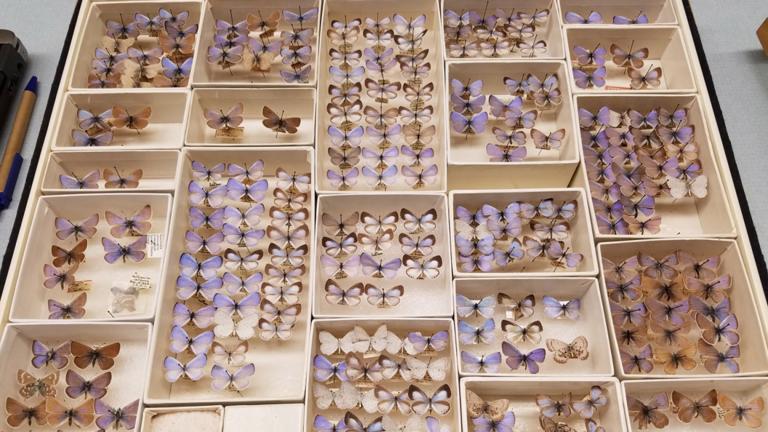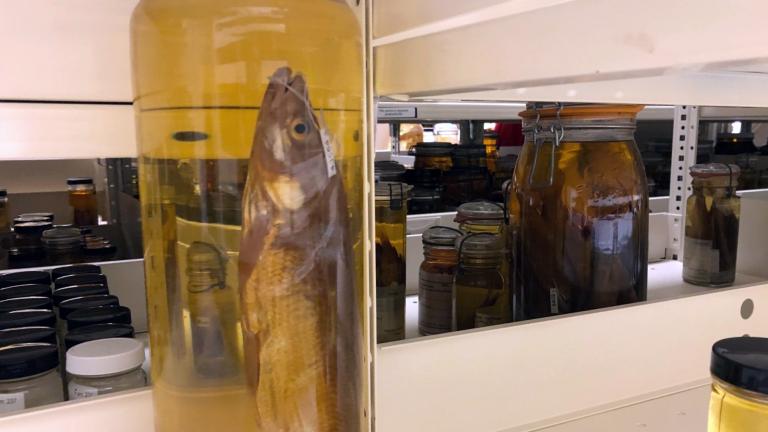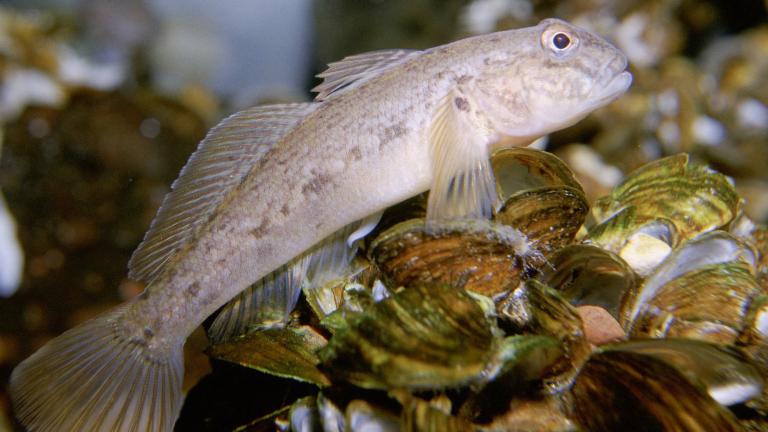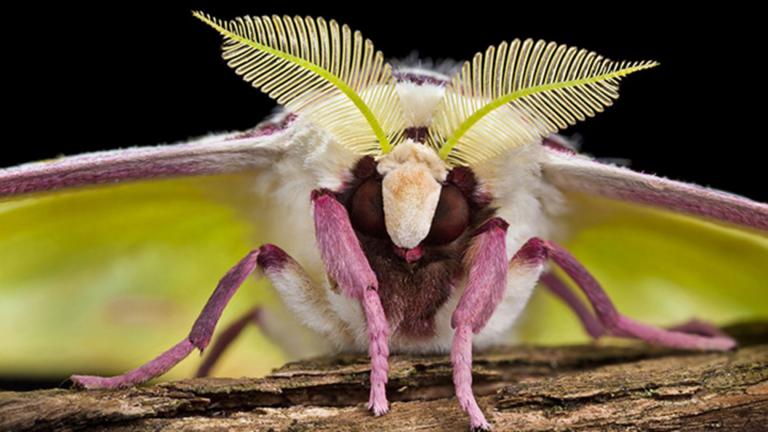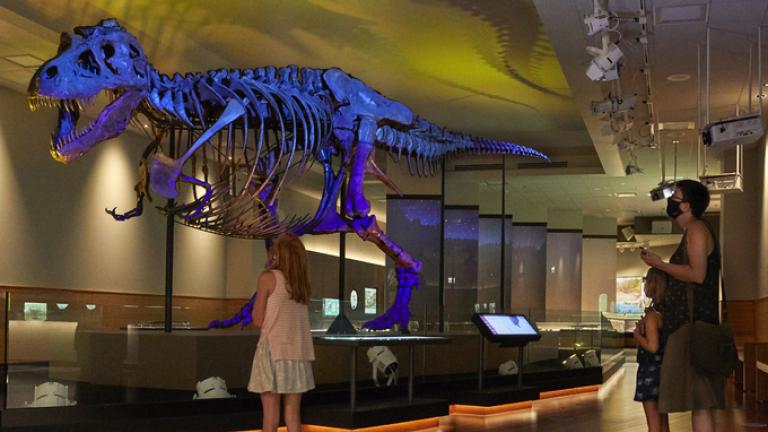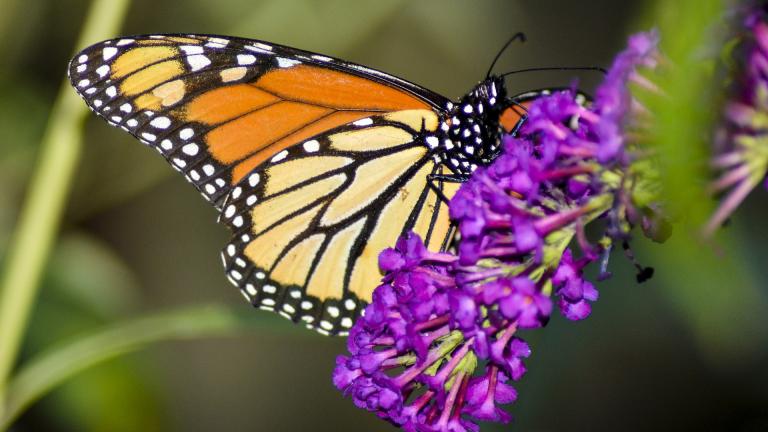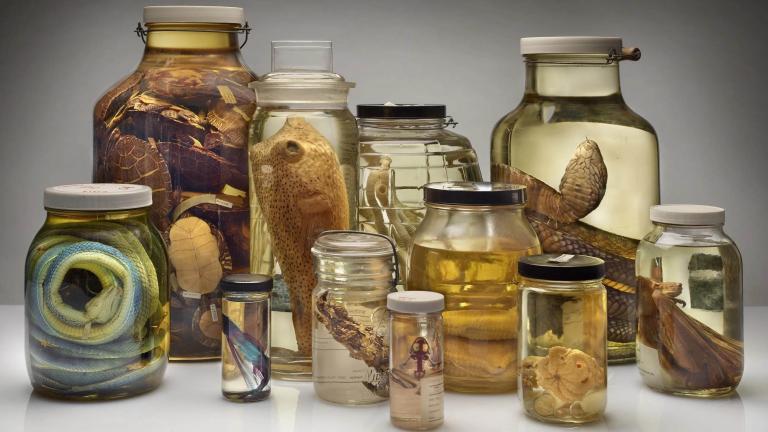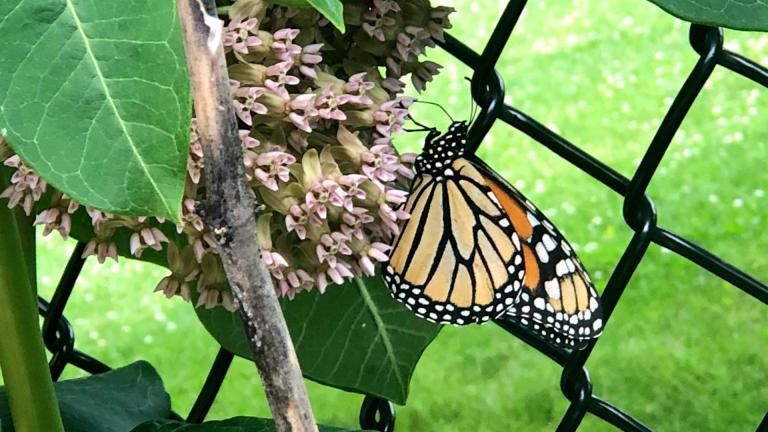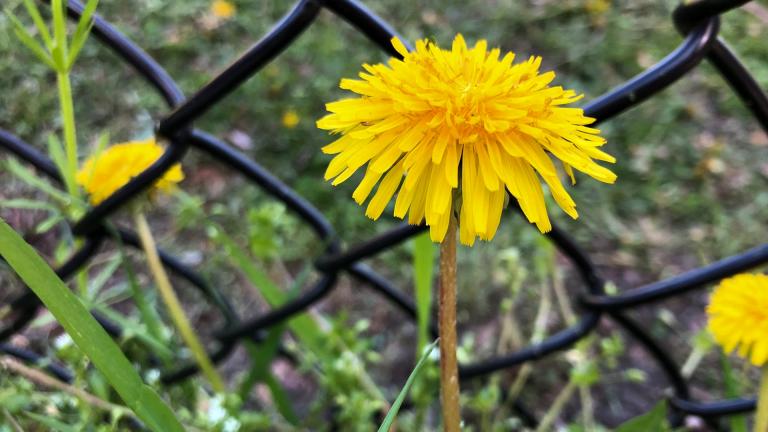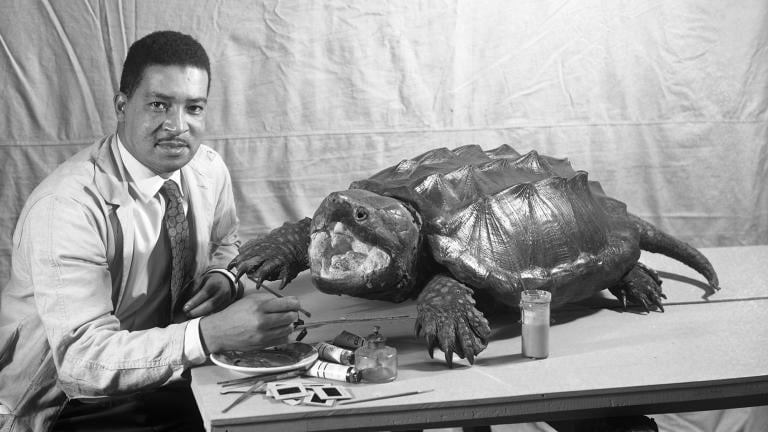Despite its diminutive size, the butterfly famed for its iridescent wings is a giant within the conservation movement, cited as the first case of an insect extinction that can be attributed to urban development.
Field Museum
A photo snapped by a Field Museum anthropologist in 1947 was labeled “schoolgirl” for 72 years. That student now has a name, and her story is part of a new exhibit about the Marshall Islands.
To coincide with the reopening of Chicago, a number of museums will stay open late on Friday for an after-hours experience.
Millions of specimens collected by the Field, not for exhibits but for scientific study, are unlocking mysteries of evolution and could answer questions about climate change.
Working with specimens in the Field Museum’s collections, researchers from Loyola University Chicago found microplastics in fish dating back to the 1950s. “Plastic is everywhere,” the scientists said.
“Wild Color,” making its debut in October, will immerse visitors in all the colors of nature, while returning fan favorite “Biomechanics: The Machine Inside” will explore the engineering behind the bodies of humans and animals.
The ongoing battle to legitimize native gardens in Chicago is about to go another round, with the introduction of an ordinance to establish a native garden registry. But gardeners want to know why they’re bearing the burden of erroneous weed law enforcement.
The Field Museum is reopening to members on Thursday and the general public on Saturday, with safety precautions in place. Next week, the museum will offer free admission to Illinois residents on select days.
Traveling more than 2,000 miles every year, the migration journey of monarch butterflies links the United States and Mexico in a way no trade agreement or cultural exchange ever could.
The Field Museum is looking for volunteers to help digitize 100-year-old handwritten field notes and specimen labels in order to make the information more accessible to researchers.
On March, a day after the mayor canceled St. Patrick’s Day parades, another parade celebrated the opening of twin exhibitions on Native American people. The shows opened ... and then closed one day later.
Following social media campaigns like #BlackBirdersWeek and #BlackHikerWeek, a group of Black plant scientists from around the world is creating a community around — and celebrating — Black people who love plants.
Scores of Chicagoans have planted milkweed — the monarch’s host plant — in their yards and other green spaces, but how effective are those efforts? The Field Museum is recruiting citizen scientists to find out.
The dandelion — a once-prized plant that gardeners used to exhibit at county fairs — now holds the title of Public Lawn Enemy No. 1. But is this reputation deserved?
Taxidermy – the process of preserving animals – isn’t usually classified as fine art. But the Field Museum is challenging that idea by shining a light on the artist behind many of the museum’s own examples.
Local scientists use a powerful new tool to make fresh discoveries from moon dust first collected nearly 50 years ago.

